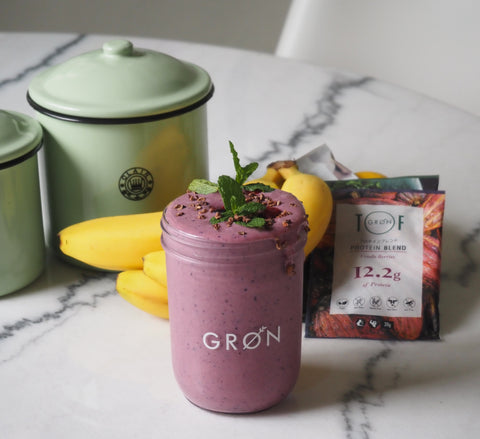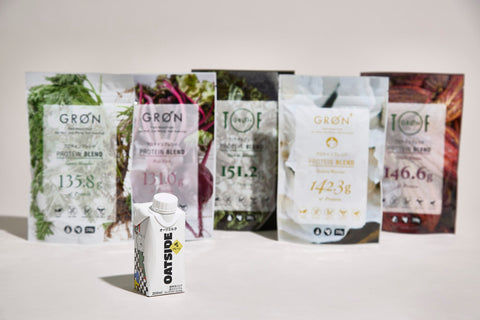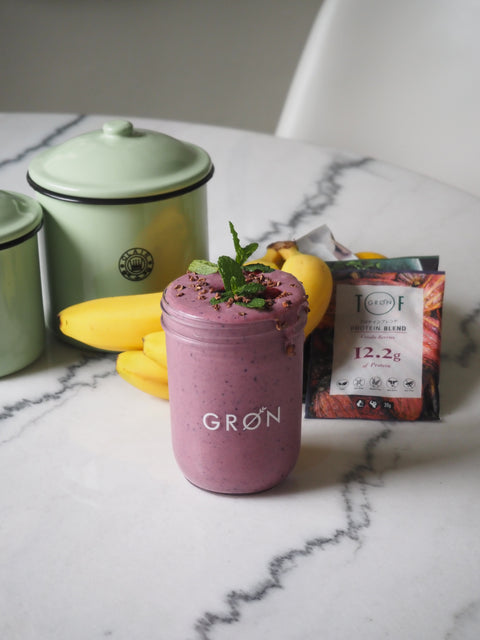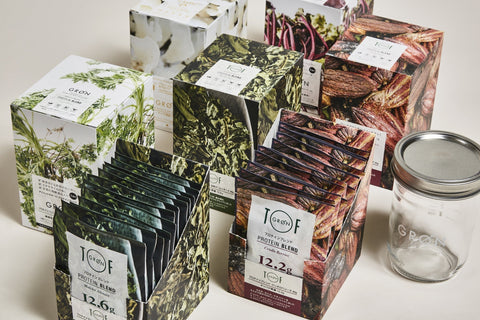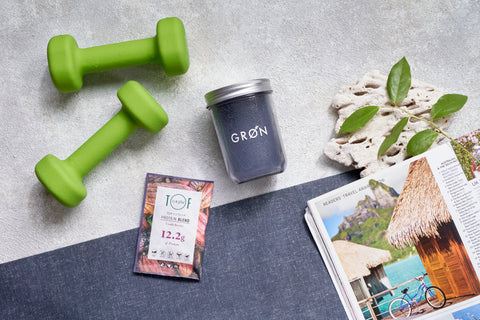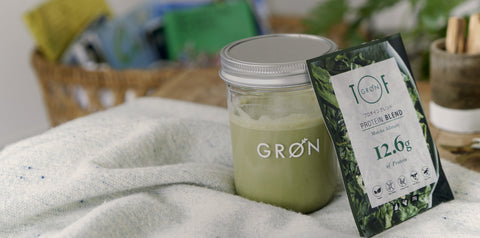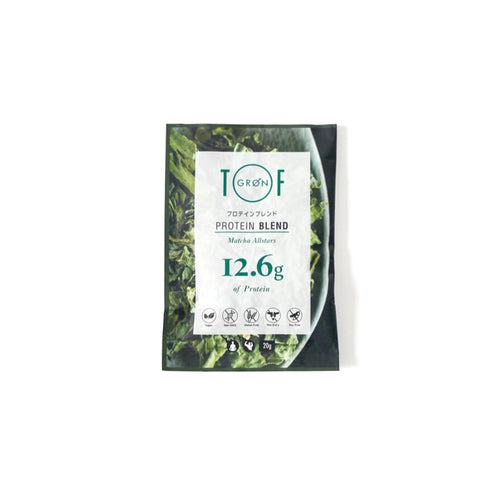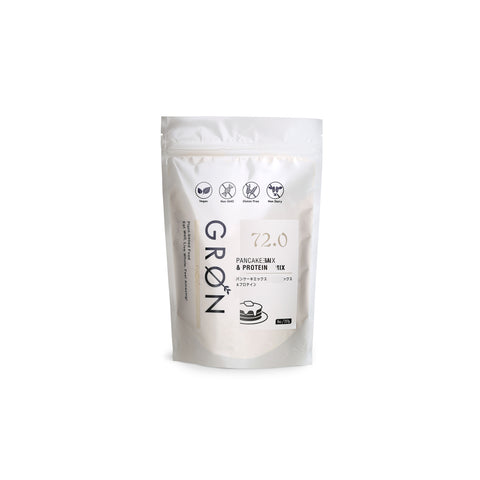How to choose specific health foods, functional foods, and nutritional functional foods ~ Nutritionist's Column Vol.112
With the recent increase in health consciousness, a wide variety of health foods are now on sale.
However, the information regarding types, functions, and safety is complicated, and many people may find it difficult to choose a product that is right for them.
In this article, we will take a detailed look at the three most common types of health foods: foods for specified health uses (Tokuho), foods with functional claims, and foods with nutritional function claims, as well as their differences and how to choose them.
It is important to understand that although all of these are foods, they are all subject to different safety and efficacy systems, and it is important to carefully check the information on their effectiveness and safety and use them with caution.

About Foods for Specified Health Uses (Tokuho)
This is a food product that has passed the strict inspection standards of the government (Consumer Affairs Agency).
It is permitted to make specific health claims based on scientific evidence.
The screening criteria are strict, so you can expect proven, scientifically based results.
The price is relatively expensive.
■ Example : "This product will help maintain and improve the health of ____."
Lactic acid bacteria drink that increases good bacteria, cholesterol-lowering supplements
■ Tips for choosing
Choose products that have been reviewed and approved by the government, and make sure you understand the health benefits listed.
One way to find out is to check expert evaluations to see if the product's effectiveness has been confirmed through clinical trials.
When choosing a product, check the information on ingredients and additives to see if it contains no allergens, has minimal additives, and has been tested for safety.

About functional foods
This is a food product whose functionality is based on scientific evidence, at the responsibility of the business operator .
Prior to sale, information regarding the evidence of safety and functionality was submitted to the Commissioner of the Consumer Affairs Agency.
However, unlike foods for specified health uses, they have not been individually approved by the Commissioner of the Consumer Affairs Agency.
The hurdle for scientific evidence is lower and there are more varieties available than for FOSHU.
And the price is relatively reasonable.
■ Example : "This product has the following function."
L Supplements that make joint movement smoother
■ Tips for choosing
Check the functionality you want
It is important to choose a product that displays functionality that matches your purpose and concerns.
Check the scientific evidence
Choose products that have solid scientific evidence to back up their functionality.
Also check the reliability of the business
It is important to buy from a trusted manufacturer or seller.
Also check safety information
Check information on ingredients and additives to choose safe products.
*Please note : The following claims cannot be made regarding nutritional ingredients other than nutrients registered as functional foods.
- Claiming specific health benefits
Examples of L : "Effective against eye fatigue" "Prevents osteoporosis"
・Linking nutritional components with functionality
Examples : "Calcium strengthens bones" and "Vitamin C improves skin condition."
Emphasize the superiority of nutritional ingredients
Examples : "More iron than other companies' products" " Top Vitamin C content"
・Comparison with other foods
Example : "This yogurt has 10 times more calcium than milk!"
Quantitative expression
L Example: "Contains 1,000mg of calcium" " 100mg of vitamin C "
For nutrients other than those with permitted functional properties, it is possible to display only the quantity in the nutrition facts section.
In recent years, the number of ingredients permitted in functional foods, such as GABA and dextrin, has been increasing, and they are attracting the attention of many people with their touted health and beauty benefits.
On the other hand, although the effects of these foods are scientifically proven, the strength of that evidence varies.
Be careful, as some of them are not based on sufficient research results or have limited effectiveness.
Information on functional foods submitted by businesses, such as evidence of safety and functionality, is made public on the Consumer Affairs Agency's website.
> Search for notification information on functional food products (Consumer Affairs Agency page)

About functional foods
These are foods that can be used to replenish or supplement the nutrients (vitamins, minerals, etc.) needed each day if you are lacking them.
If a food contains a certain standard amount of a nutritional component whose scientific evidence has already been confirmed, it can display its functionality using expressions set by the government without any special notification.
■ Example : "This product contains XX mg of XX."
L Yogurt containing XX mg of calcium (required for one day)
■ Tips for choosing <br>Check the nutrients you are likely to lack, the quality control system and consumer reviews, and choose a product from a reliable manufacturer.

Summary of the differences
From the perspective of the manufacturers who sell the products, FOSHU requires them to clear strict inspection standards set by the government (the Consumer Affairs Agency), which means the effort and cost involved in obtaining FOSHU is extremely high.
On the other hand, since the system for functional food labeling is one in which notification is submitted at the responsibility of the business operator, the effort and cost required to obtain it is lower than that for FOSHU.
Since the screening standards for functional foods are relatively lenient, the effort and cost required to obtain certification is the lowest.
| Foods for specified health uses (FOSHU) | Functional Foods | Nutritional functional foods | |
| Notification | need | need | Not required |
| examination | can be | none | none |
| price | High | During ~ | Low |
| mark |
Marked Products approved by the Consumer Affairs Agency have this mark. |
No mark Businesses notify the Consumer Affairs Agency before sales |
No mark A self-certification system that does not require individual license applications |
These foods are simply dietary supplements and not medicines.
It is believed that the effectiveness of this supplement depends greatly on individual differences, intake amount, lifestyle habits, etc.
We recommend consulting a doctor or pharmacist before continuing to take this product for an extended period of time.
To choose the product that's right for you, it's important to understand the differences between each product and make a comprehensive judgment based on the desired effects, functions, safety, price, etc.
Health foods only play a supporting role.
The most important thing is to lead a healthy lifestyle based on a balanced diet and moderate exercise.

GRØN is recommended when you're busy, don't have much of an appetite, or want to get some nutrition easily.
——————————————————
Nutritionist, Food Education Instructor, Food 6th Industrialization Producer Level 4
Ayako Ishihara
A nutritional advisor in the healthcare field and an agribusiness professional.
She is involved in a variety of activities specializing in the fields of beauty and health, including giving lectures to Miss World Japan candidates.
With the philosophy of "enriching the mind and body through food and realizing a vibrant society where people and communities are connected," he founded i-Field Co., Ltd. in 2013 and serves as its representative.
He is a core member of the food team for "DINING OUT," which opens outdoor restaurants in various regions, and also participates in fashion brand projects.
She is also involved in the promotion of local ingredients, product development and production specializing in "health" and "beauty," branding, concept design, food hygiene, sales promotion, training planning and management, etc. She is in charge of nutritional supervision for GRØN's product development, proposing ways to incorporate them more effectively into consumer health.
——————————————————







